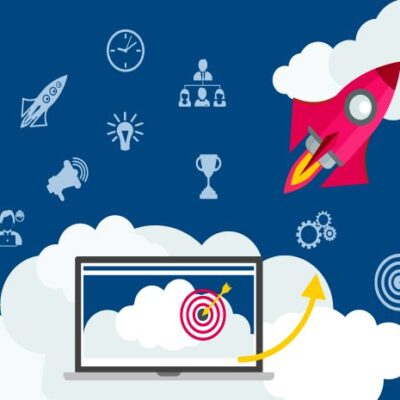Adapting mobility to new needs
In the mobility sector, a large number of new mobility solutions and services have been launched in recent years. These are based primarily on platforms and combine the various megatrends of the 21st century. These digital solutions represent an important pillar of the mobility transition. Due to the current situation, the demand for mobility has fundamentally decreased and people are currently less mobile. On top of this, the minimum distance must be kept, which is not possible in a shared car, for example, and the fear of contagion also reduces demand. As a result, mobility services and platforms are quickly converted, the customer switches back to the private car, local and long-distance public transport is avoided and the bicycle is a real alternative. The current crisis means that an entire industry is facing new challenges: How can my product, my service be adapted to the new conditions? What are the needs in terms of mobility? How can I keep my business running? And these are just a few of the questions that business owners are currently asking themselves.
Progress of the digital transformation
The mobility transition is currently coming to a halt, whereas the digital transformation is progressing at an incredible pace. Digital platforms offer a high level of flexibility, which is also noticeable in the area of new mobility solutions. Looking at these, it is clear that the crisis is responding quickly to the new needs. These are above all of fundamental importance and differ from the reasons usually given for being mobile. At the moment it is a question of securing medical care, managing international return shipments, maintaining food supply chains and providing logistics space for distribution. The innovative power and dynamic of adjustment during the crisis is outstanding.
Mobility platforms have responded quickly by providing new services to meet basic needs. The value proposition as well as the target group were changed without further delay. The example of Hamburg is described in detail in the news article “Impact of the Corona crisis on mobility”. In addition to free rides and discounts as well as a night service for system-relevant professions, the platform of the Wingly flight-sharing start-up in France was converted. The platform transports not only medical personnel but also the corresponding equipment, so that proper medical care can be guaranteed throughout the country. The Munich-based company Flixbus has been commissioned by governments and embassies to bring back people abroad, the BlaBla Car platform has developed a new platform on the topic of “neighborhood assistance” and sharing providers such as the e-scooter sharing provider emmy offer vehicles for delivery services at a reduced price to meet the increasing demand. These are just a few examples that show how dynamically action is being taken even in the crisis.
Cross-sector cooperation and digital business models on the rise
It also shows that the mobility transition and digitization go hand in hand, and that digital business models in particular are showing some advantages in the current situation. What is also striking is the cooperation between different industries. And it is precisely these new collaborations and cross-industry innovations that could be crucial to the success of the mobility transformation.
A platform that incorporates public transport and the new mobility services, displays real-time information on traffic and provides standardized ticketing and payment is often communicated by experts as a state-of-the-art solution in the course of transformation. However, this Mobility-as-a-Service solution means cooperation that goes beyond the mobility industry, sharing know-how and exchanging data. Perhaps this crisis has something good for the mobility transition: cross-industry knowledge transfer and the creation of new cooperation (automotive industry, operators of new mobility solutions, public transport, but also telecommunications companies) to build an efficient, integrated and sustainable mobility system. The basis for this is a digital platform and leads to a fully digital business model that can be adapted individually and with enormous dynamism to various developments, trends and innovative solutions. It shows that individual mobility has almost come to a standstill on the one hand and that a digital acceleration of business models is taking place on the other.
The combination of different solutions could also improve the customer experience, which is of great importance for a sustainable change in mobility behavior. This in turn could lead to long-term customer loyalty. The interaction between product/brand and customer has already changed and the boundaries between on- and offline are disappearing. Apart from all the negative headlines, the crisis could be profitable for the mobility industry and the transformation in particular, and lead to a holistic, integrated mobility experience.
Change in traditional markets
If we also look at the traditional market, innovations are driven forward and dynamically implemented here as well. Vehicle inspections take place virtually, remote diagnosis can be carried out via video and vehicle evaluation can also take place online. New channels are used for trade and additional customer groups are addressed. In addition to the numerous opportunities, a holistic understanding of digital solutions and business models is required. The crisis should therefore also be seen as an opportunity to drive forward innovations and ideas. These promote new collaborations, link on- and offline based business models and lead to a holistic ecosystem that accelerates the mobility transition.
Learn more about our Mobility IT services
We look forward to hearing from you.



